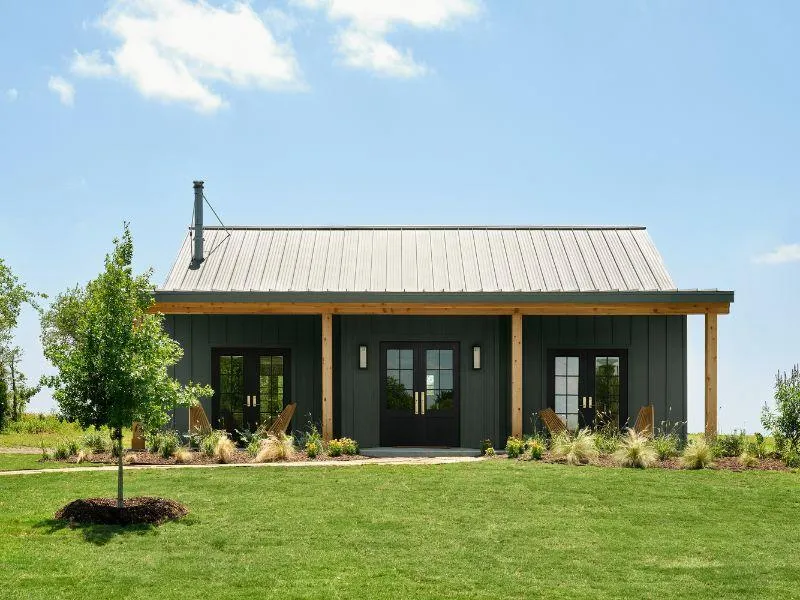
What No One Tells You About Affording a Home in 2025
What No One Tells You About Affording a Home in 2025
Buying a home in 2025 sounds exciting, especially if you're dreaming of extra space, a big backyard, and the perfect kitchen. But the biggest mistake buyers make isn’t picking the wrong property, it’s overbuying. When you spend too much on your home, you risk becoming “house poor,” meaning your mortgage takes up such a large portion of your income that there’s little left for anything else. Suddenly, the dream lifestyle you pictured; family vacations, date nights, or financial peace, is out of reach.
To avoid that trap, it’s essential to understand how much home you can really afford. There are three popular rules that help buyers stay financially grounded. First is the 28/36 Rule, which recommends spending no more than 28% of your gross income on housing and 36% on total debt, including car loans or student loans. For example, if you make $100,000 a year, your monthly mortgage payments should stay around $2,333, with all your debts capped at $3,000. This rule helps protect your cash flow and maintain your quality of life.
Another smart guideline is Graham Stephan’s 30/30/3 Rule. This method suggests three things: keep your housing costs below 30% of your gross income, save 30% of the home’s purchase price before buying (20% for the down payment and 10% for an emergency fund), and don’t spend more than three times your annual income on the home itself. Using the same $100,000 income example, that means looking at homes around $300,000 and saving $90,000 before buying. It’s a conservative approach—but one that provides true financial stability.
The simplest method is the 3x Income Rule: only buy a home that costs three times your gross income. If you earn $100,000, keep your budget around $300,000. While this doesn’t take other debts or fluctuating interest rates into account, it offers a quick and easy benchmark to stay grounded during the home search.
Beyond the price tag, it’s critical to prepare for the hidden costs of homeownership—especially here in Texas. Property taxes are higher than in many states, and insurance rates can vary based on location, weather trends, and claims history. If you’re moving to the Texas Hill Country from out of state, you might be pleasantly surprised by home prices—but don’t forget to account for HOA fees, utility bills, and maintenance on larger properties.
Unexpected repairs can also sneak up fast. I’ve seen clients run into major issues like HVAC failure just months after closing—issues that cost thousands and quickly turn a dream home into a financial headache. That’s why I recommend setting aside at least 1% of your home’s value annually for repairs. Adding a home warranty (usually $500–$650 per year) is also a smart move and can offer peace of mind—just be sure to read the fine print and choose a provider with solid reviews. If you need local recommendations in Central Texas, I’d be happy to share the ones my clients trust most.
Want to increase your buying power without stretching your budget? Improving your credit score before applying for a mortgage can save you thousands over the life of your loan. You can also avoid private mortgage insurance (PMI) by putting 20% down or exploring lender options that waive it. Another smart strategy is buying under your max budget and investing in DIY upgrades to add value and build equity.
At the end of the day, buying a home should feel like a step forward—not a burden. Know your numbers, stay financially flexible, and plan for more than just the mortgage. When you do, you’ll be able to enjoy your home and your life—not just afford the roof over your head.
If you’re thinking about buying a home in the Texas Hill Country, I’d love to help you navigate the process and find a property that fits your lifestyle and budget. Have questions? Drop them in the comments or reach out directly.
